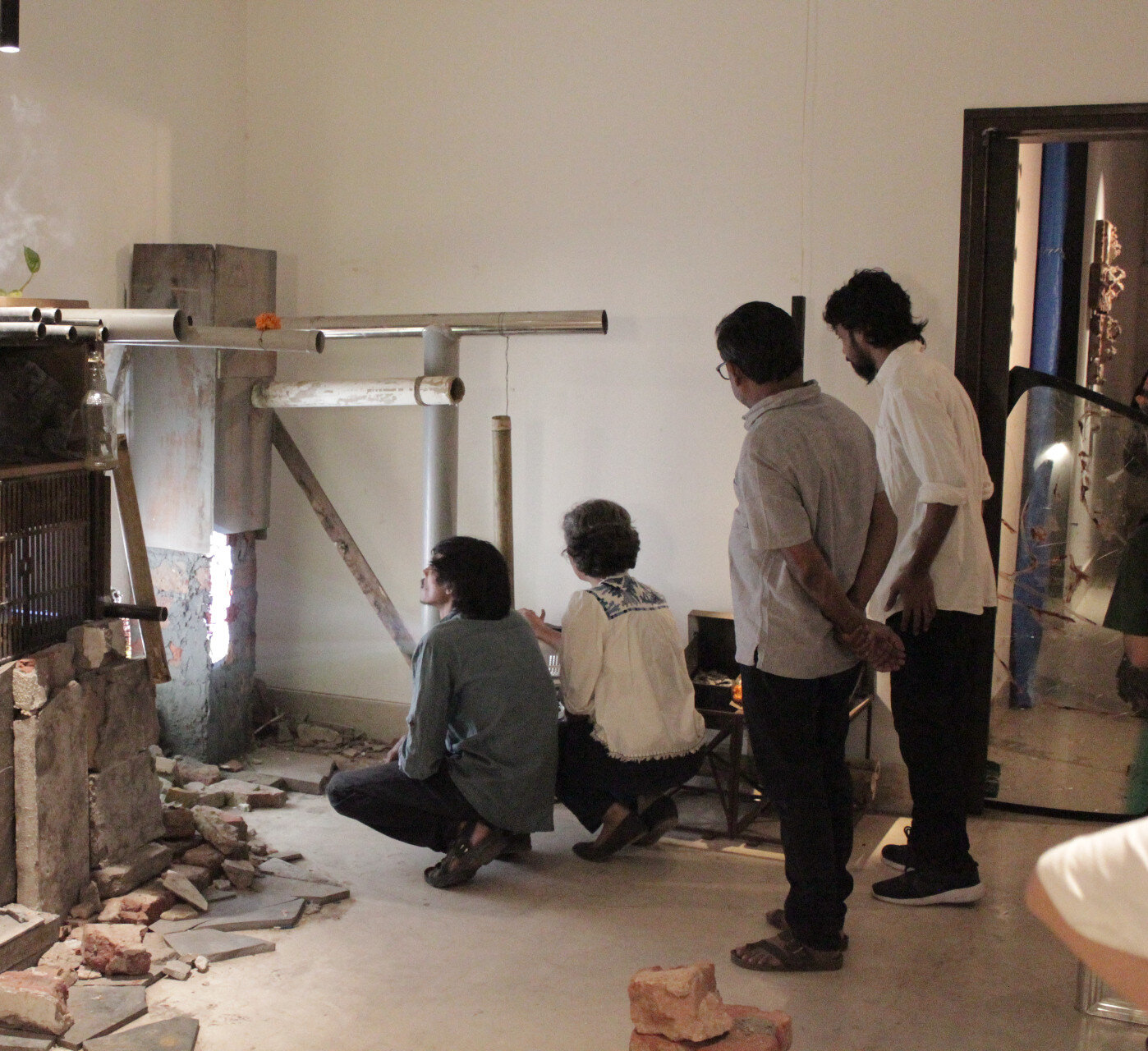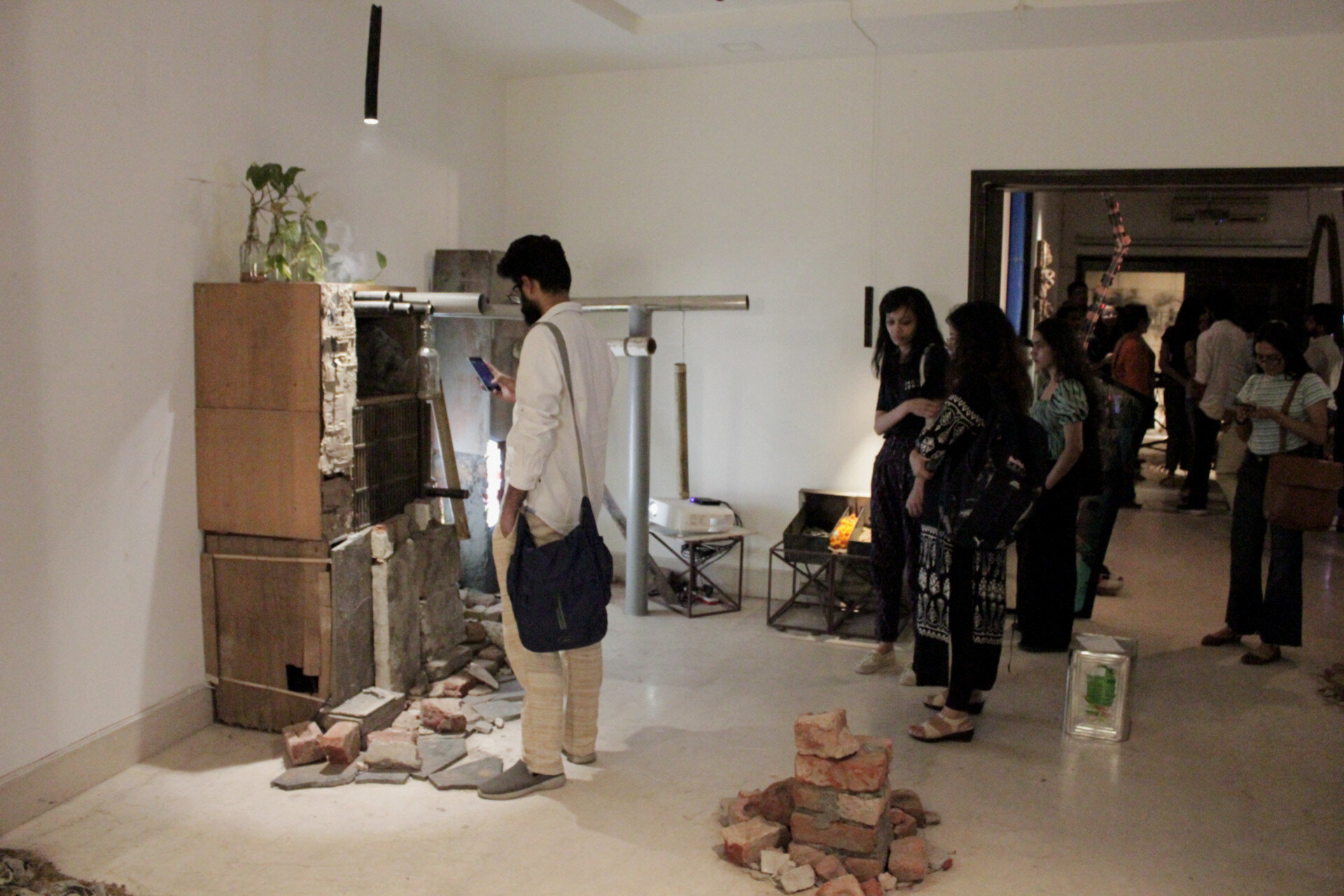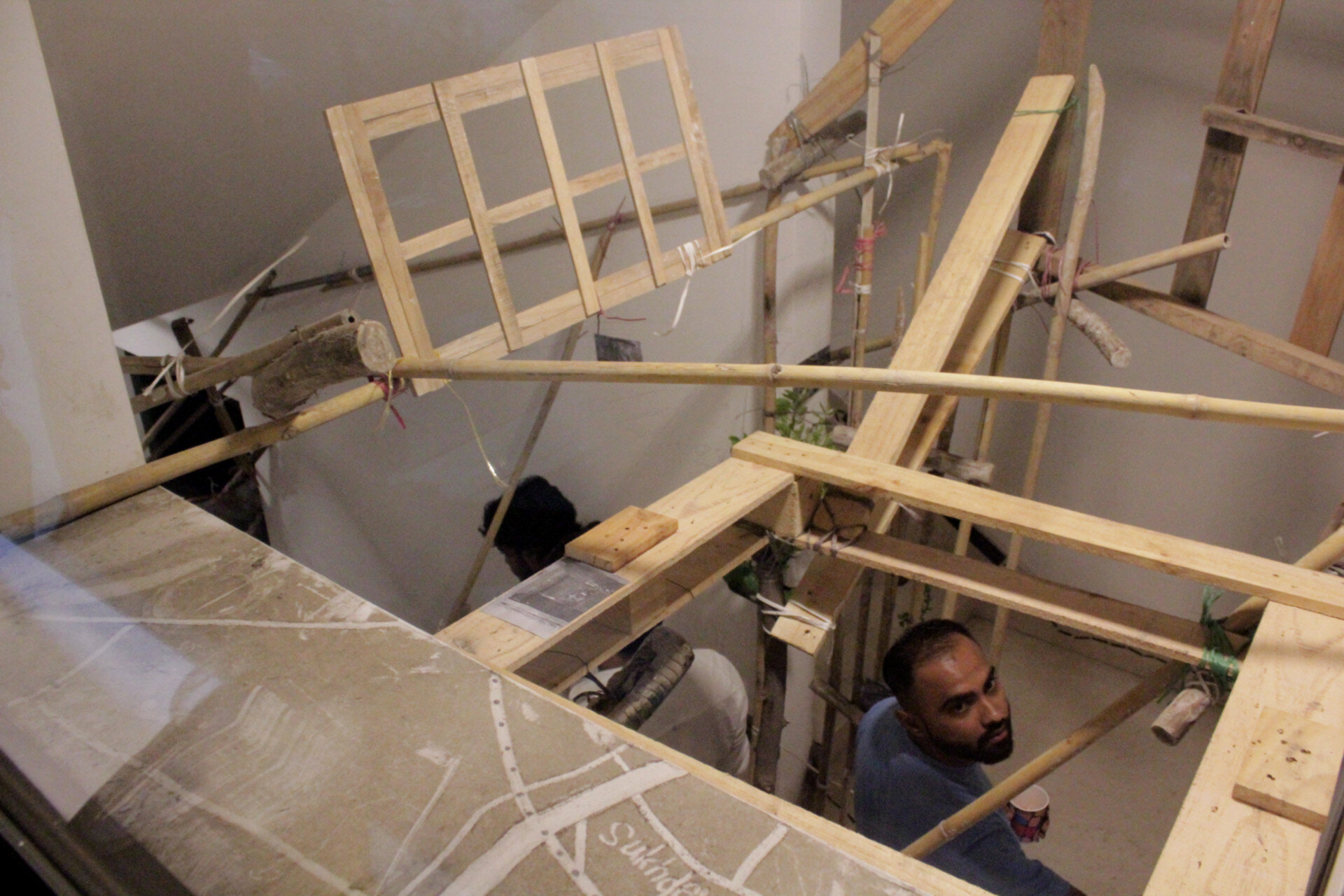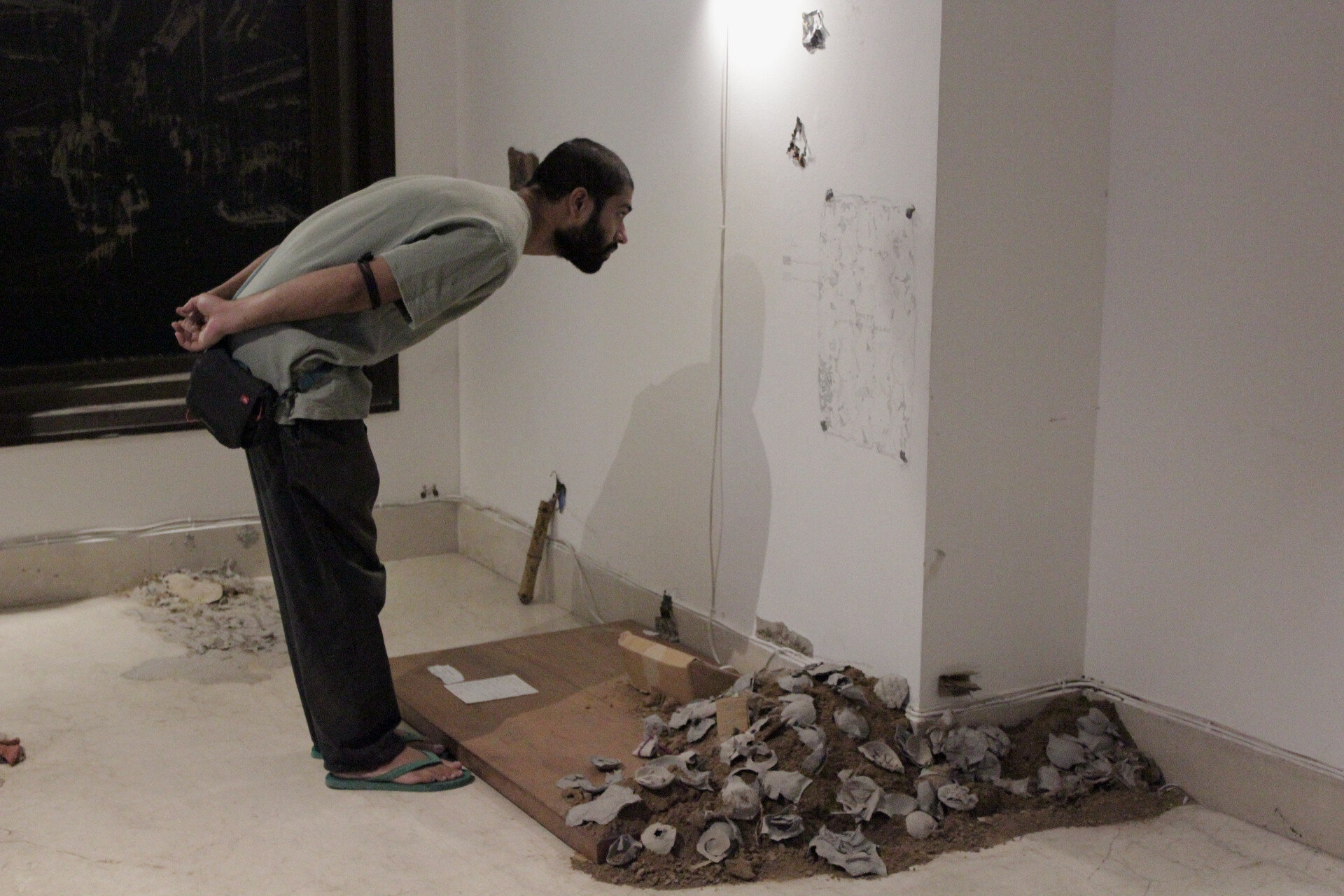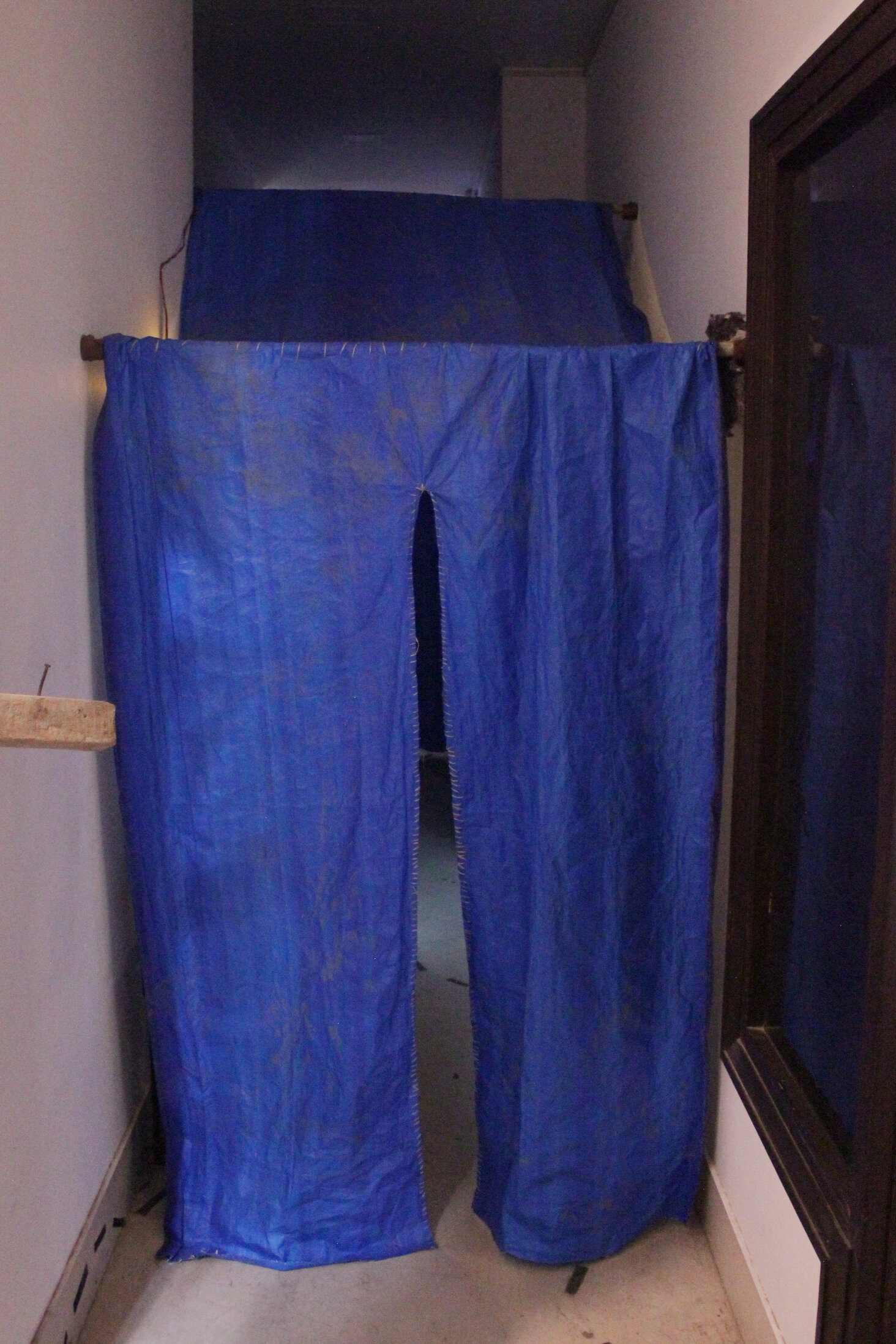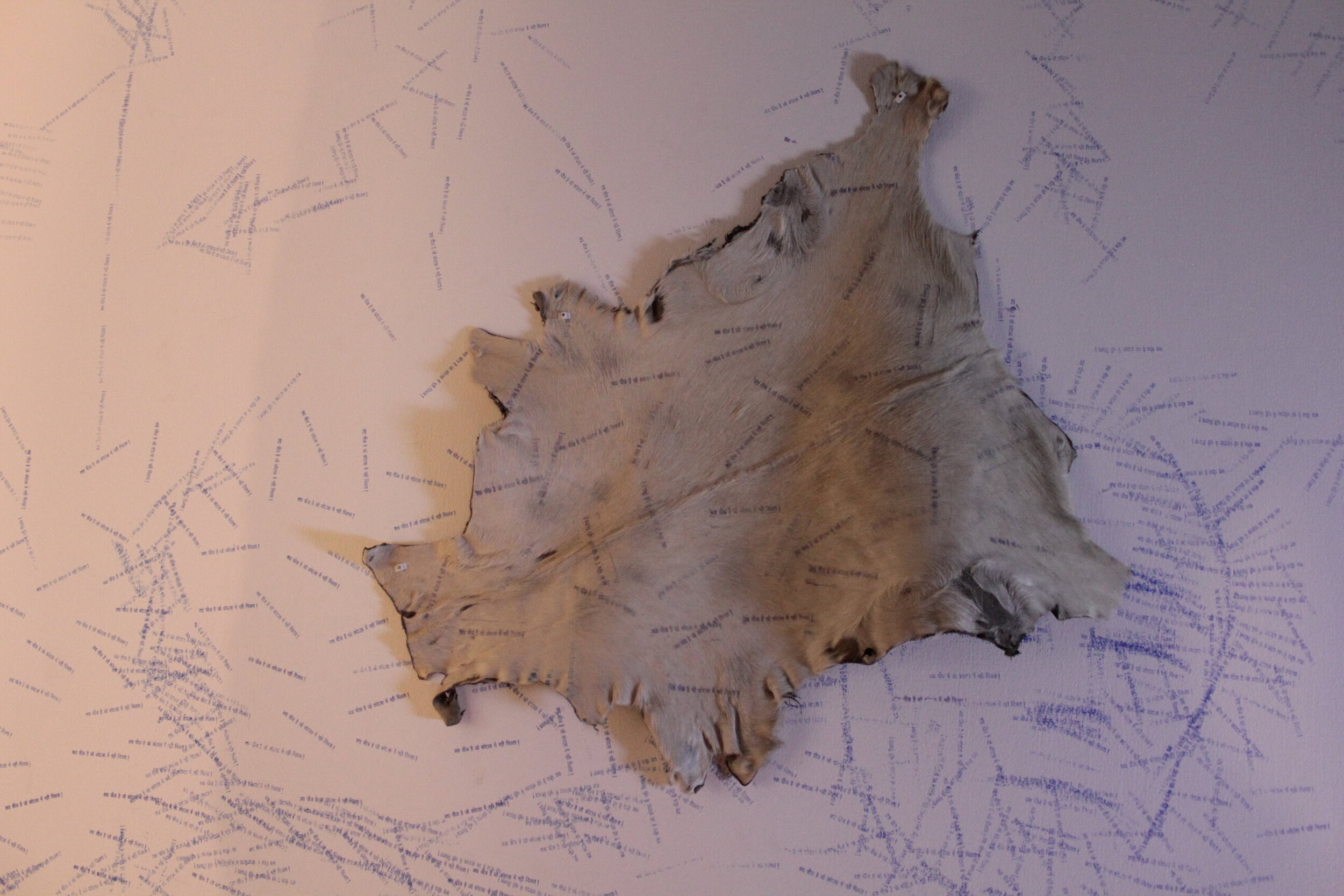The Foundation for Indian Contemporary Art, in collaboration with Serendipity Arts Foundation, invited applications from young artists for a five-week course titled ON-SITE: A Workshop exploring process, dialogue and experimentation.
Duration: September 10 – October 20, 2019
Educators and Modules:
Peter Rösel |Process-oriented Strategies
Sanchayan Ghosh | Site-specific Art: Co-habiting Differences
Vidya Shivadas | Reading Site
Course Facilitator: Krishnapriya C P
Participants: Ankan Dutta, Dhrubajit Sarma, Gyanwant Yadav, Maksud Ali Mondal, Selvam P, Shikha Sreenivas, Shweta Sharma, Tanaya Rao Raj, Umesh Singh, and V Prabhu
Venue: Serendipity Arts Foundation, Basement, C-340, Defence Colony, New Delhi: 110024
The ON-SITE course was co-organized by FICA and Serendipity Arts Foundation following the earlier collaborations, namely ‘The Moving Image: A Course Exploring Light, Movement and Narrative’ in 2017 and ‘The Storytellers: A Course exploring Zines, Comics and Video’ in 2018. The course began with an orientation session led by Course Facilitator Krishnapriya C P and Vidya Shivadas, Director of FICA.
The proposed course was designed to explore site-specific practice and its relation to process, research and experimentation. Casting aside the more conventional definition of intervention from the 'outside', the course and its modules addressed the possibilities of contemporary site-specific practice as a more complex engagement of generating a public sphere through different models of collective engagement whether of relationalism or social dialogue. The intensive programme opened up ways of conceptualizing as well as harnessing trajectories of making through processes of research, reading and experimenting with a variety of mediums, acts of collaborations, and the potency of dialogues and exchanges.
The three modules led by the educators - Peter Rösel, Vidya Shivadas and Sanchayan Ghosh - explored different perspectives and understandings to working on and around the idea of the site. These included looking at process-oriented strategies where modes of documentation and presentation could be activated as integral parts of one’s practice; tracing encounters with a site as a contested entity through a range of readings and references bringing theoretical and praxis-led approaches to the participants; and engaging with notions of interdisciplinarity, their convergence on and around the site as an idea as well as its intersections of site-based practice with contemporary mobilisations in site-specificity today.
To know more about the modules and the educators, click here.
Like the previous two editions conducted in 2017 and 2018, this third edition of the course was also directed at giving young art students insights into working with and alongside the city as an extended studio, identifying and incorporating various resources, reaching out to individuals and forming their own support structures. The emphasis through all the modules was on exercises and explorations carried out by the participants, and the ways in which they could share the same with each other.
This course explored the technical skills devised by the respective mentors/artists, and aimed to create an immersive environment of learning and peer sharing, encouraging engagements with larger conceptual questions these practices throw up. There were also additional sessions with invited guest practitioners, which included interactions with artist Bhagwati Prasad and ethnographer Sarover Zaidi, and field visits to Smell Assembly at the Kiran Nadar Museum of Art, Bhogal and Kotla markets, and Farm 8, a project on sustainable agriculture and ecological practices by Rashmi Kaleka. We sought applications from young artists who could devote uninterrupted time for participation in this course and whose practices have a strong location or site-based orientation. Given the duration, we preferred people who are not presently enrolled in any undergraduate or postgraduate programmes.
Open Day
After the three intensive weeks of engaging with mentor-led sessions, the participants had ten days to work towards the Open Day on October 10, titled InSite/OutSite. In preparation for the same, they had time to reflect and discuss themes of site-specificity, process and research addressed by the course. They spent a significant amount of time retracing and re-thinking several elements from the modules, incorporating these as affective strands within their displays.
The artworks took shape as mixed and multi-media installations of varying sizes and forms, occupying and charting methods of interpretation that engaged with the space of the basement in intriguing ways. These works also exemplified the nature and nuance of the conversations and dialogues that the participants shared with each other, reflecting the reverberations of co-making and journeys of collaborative brainstorming that was a key part of the course and its modules.
Installation views of works by participants:
For Serendipity Arts Foundation and FICA, the course has been an invaluable experience in terms of building a curriculum from the inputs of practicing artists and to provide the group of young practitioners a chance to explore ideas, techniques and mediums that they would have not had access to within the formal art college programmes. It was a very rich set of inputs for the group, supporting them in their journeys towards setting up their independent practices.



